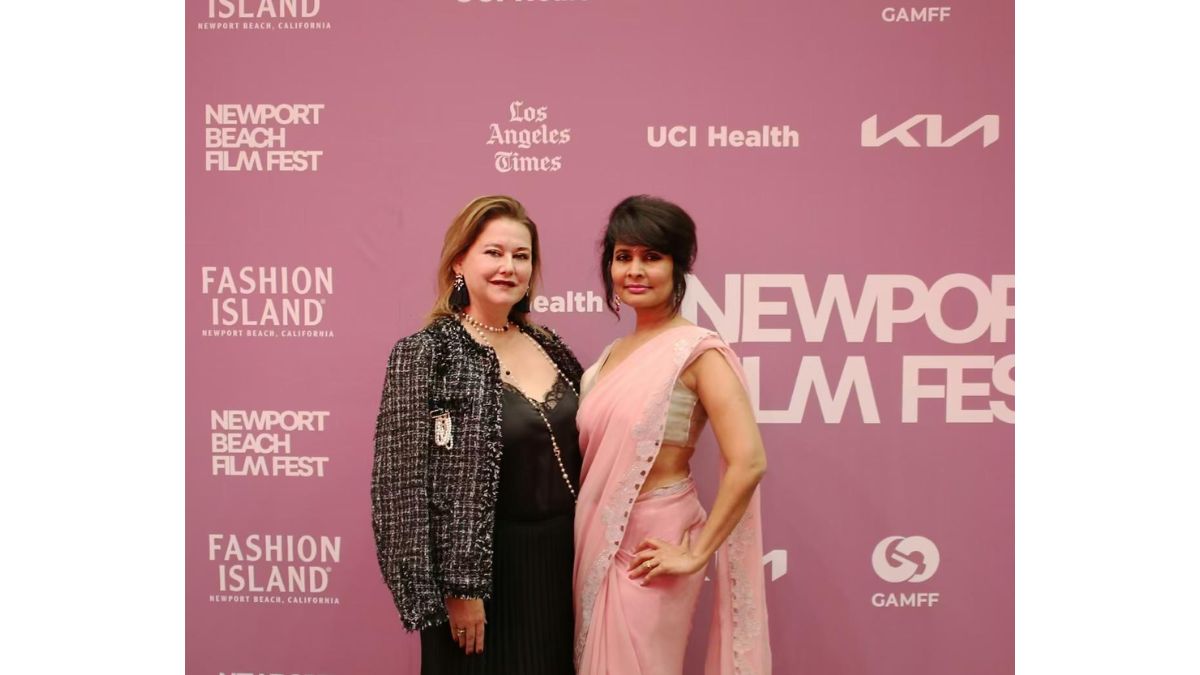Braille: Braille books for computers & music soon, pilot on AI in script for blind likely from July | India News

DEHRADUN/DELHI: From computer books to artificial intelligence (AI), measures are on course to make tech education available to the blind and visually-impaired students in braille script, along with audio props. Music course books for school students will also be made available in braille soon.
Dehradun-based premier National Institute for the Empowerment of Persons with Visual Disabilities (NIEPVD), in a pilot, is hopeful of introducing the master textbooks in braille and large print on Artificial Intelligence for the students of Class 9 and 10 by July. The pilot by NIEPVD aims at ensuring that the visually-impaired are included in the AI experience through braille. Meanwhile, in a larger outreach, the central government from this year has decided to expand the ambit of work assigned to braille presses that come under the purview of the Department of Empowerment of Persons with Disabilities’s scheme to print books for computers, music and workbooks besides the textbooks that they print for Classes 1 to 12.
It has also been decided to provide textbooks in braille to visually-impaired students under the open school system. According to officials, the formal launch of these printed books by DEPwD under the ministry of social justice and empowerment is expected in the next few weeks.
It is part of the plan to also print storybooks for children in braille. NIEPVD, which houses the ‘Central Braille Press’ – the first and oldest press set up in 1951 on its campus, too has been working on preparing these master books in keeping with the mandate.
Braille Press in-charge Mohd Iqtedar Ahmad says he is looking forward to the experience of printing the books on AI in the weeks ahead. Amit Kumar Sharma, the acting principal of the Model School for Visually Handicapped at NIEPVD, says he has assigned his team to work on converting the AI course prescribed by the Central Board of Secondary Education for Classes 9 and 10 under the skill development component to the braille format. “Information Technology as an option has been a success with our students and now we want to enable them to pursue AI in the ongoing academic session,” Sharma said.
“Our children need to be ready for a world of technology that holds so much promise. However, converting AI course content to braille is challenging. Wherever it will not be possible to convert images to tactile format in braille we will lead the child to audio links also printed in braille,” Sharma explained. He is looking at a first batch of about 20 students who will pave the way for others to follow as they prepare to explore the world of artificial intelligence and the possibility to innovate and empower with ideas and solutions.
As one visits the Central Braille Press, one can see rows of freshly printed braille books aligning the corridors. One finds proof readers meticulously at work as they move their fingers over alphabets in braille to ensure no mistakes remain when the final prints are rolled out.
For instance, the braille press team is currently working on converting 135 NCERT text books to braille books and will be printing around 5500 books for the Delhi bureau of textbooks of the Delhi government. Work is also underway to deliver school textbooks sought by Jammu and Kashmir for their students.
In one room the latest equipment is at work turning rolls of papers into meaningful prints in braille. In another room history is on display with the first set of machines installed when the press was set-up still working well. Piles of metal sheets holding the text of books still sit here on racks as reminders of times gone by and as evidence of how things have evolved since 1951.
Over the years this space has been embracing technology to make learning more accessible to the visually disabled. The latest move in this direction involves a foray into e-publications of some books that can be accessed through software by the visually-impaired.
However, the piles of books stacked up in the storeroom and waiting to be shipped to reach students in different parts of the country shows that the feel of braille on paper is very much still in demand and a critical educational requirement for many.
Dehradun-based premier National Institute for the Empowerment of Persons with Visual Disabilities (NIEPVD), in a pilot, is hopeful of introducing the master textbooks in braille and large print on Artificial Intelligence for the students of Class 9 and 10 by July. The pilot by NIEPVD aims at ensuring that the visually-impaired are included in the AI experience through braille. Meanwhile, in a larger outreach, the central government from this year has decided to expand the ambit of work assigned to braille presses that come under the purview of the Department of Empowerment of Persons with Disabilities’s scheme to print books for computers, music and workbooks besides the textbooks that they print for Classes 1 to 12.
It has also been decided to provide textbooks in braille to visually-impaired students under the open school system. According to officials, the formal launch of these printed books by DEPwD under the ministry of social justice and empowerment is expected in the next few weeks.
It is part of the plan to also print storybooks for children in braille. NIEPVD, which houses the ‘Central Braille Press’ – the first and oldest press set up in 1951 on its campus, too has been working on preparing these master books in keeping with the mandate.
Braille Press in-charge Mohd Iqtedar Ahmad says he is looking forward to the experience of printing the books on AI in the weeks ahead. Amit Kumar Sharma, the acting principal of the Model School for Visually Handicapped at NIEPVD, says he has assigned his team to work on converting the AI course prescribed by the Central Board of Secondary Education for Classes 9 and 10 under the skill development component to the braille format. “Information Technology as an option has been a success with our students and now we want to enable them to pursue AI in the ongoing academic session,” Sharma said.
“Our children need to be ready for a world of technology that holds so much promise. However, converting AI course content to braille is challenging. Wherever it will not be possible to convert images to tactile format in braille we will lead the child to audio links also printed in braille,” Sharma explained. He is looking at a first batch of about 20 students who will pave the way for others to follow as they prepare to explore the world of artificial intelligence and the possibility to innovate and empower with ideas and solutions.
As one visits the Central Braille Press, one can see rows of freshly printed braille books aligning the corridors. One finds proof readers meticulously at work as they move their fingers over alphabets in braille to ensure no mistakes remain when the final prints are rolled out.
For instance, the braille press team is currently working on converting 135 NCERT text books to braille books and will be printing around 5500 books for the Delhi bureau of textbooks of the Delhi government. Work is also underway to deliver school textbooks sought by Jammu and Kashmir for their students.
In one room the latest equipment is at work turning rolls of papers into meaningful prints in braille. In another room history is on display with the first set of machines installed when the press was set-up still working well. Piles of metal sheets holding the text of books still sit here on racks as reminders of times gone by and as evidence of how things have evolved since 1951.
Over the years this space has been embracing technology to make learning more accessible to the visually disabled. The latest move in this direction involves a foray into e-publications of some books that can be accessed through software by the visually-impaired.
However, the piles of books stacked up in the storeroom and waiting to be shipped to reach students in different parts of the country shows that the feel of braille on paper is very much still in demand and a critical educational requirement for many.





